Overview
Map
Other Details
كنيسة مار فوقا
Amioun
Koura
North
كنيسة مار فوقا – أميونكنيسة مار فوقا كنيسة أرثوذكسيّة تعود الى العهد الصليبيّ. شُيِّدت فوق معبد وثنيّ فوقه كنيسة بيزنطيّة تعود الى القرن السابع. الكنيسة بازيليكيّة، بثلاثة أروقة. تحوي الكنيسة جداريّات بيزنطيّة، تُمَثِّل السيد المسيح والعذراء مريم والرُسُل والقدّيسين، منهم مار فوقا ومار سمعان. دُفن في هذه الكنيسة قائد الجيش البيزنطيّ موريق، الذي أرسله الامبراطور يوستينيانوس لِقَمع تَمَرُّد الموارنة، وقتل في المواجهة التي حدثت في أميون بين الفريقين سنة ٦٩٤.The church of St Focas - AmiounThe church of St Focas is a Greek Orthodox church built during the times of the Crusades, over a VIIth century Byzantine church built over a Roman temple. The church is basilical with three naves. It is decorated with medieval frescoes depicting Christ, the Theotokos, Apostles and other saints. In this church is buried the Byzantine commander Moricius sent by emperor Justinian to quell the Maronite’s revolt in 694, and died in the battle of Amioun.
Visited 2616 times, 5 Visits today



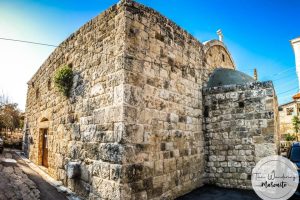
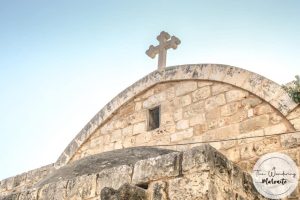
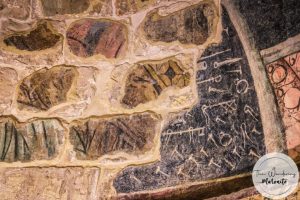
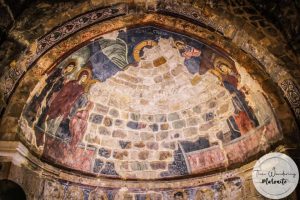
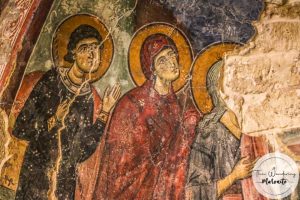
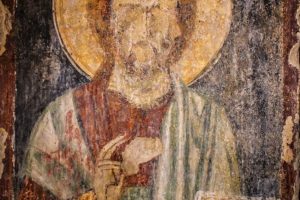
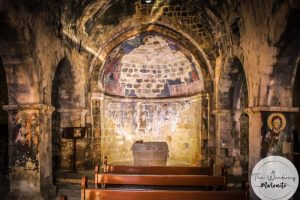
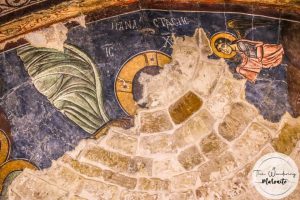
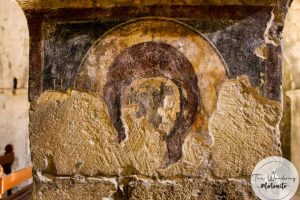
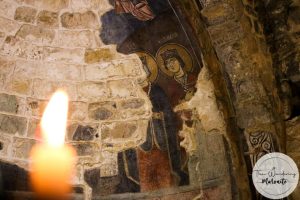










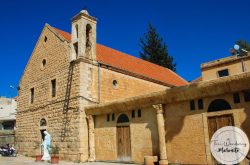
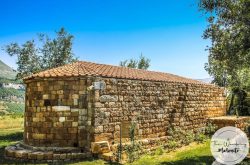
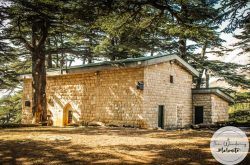
Reviews are disabled, but trackbacks and pingbacks are open.